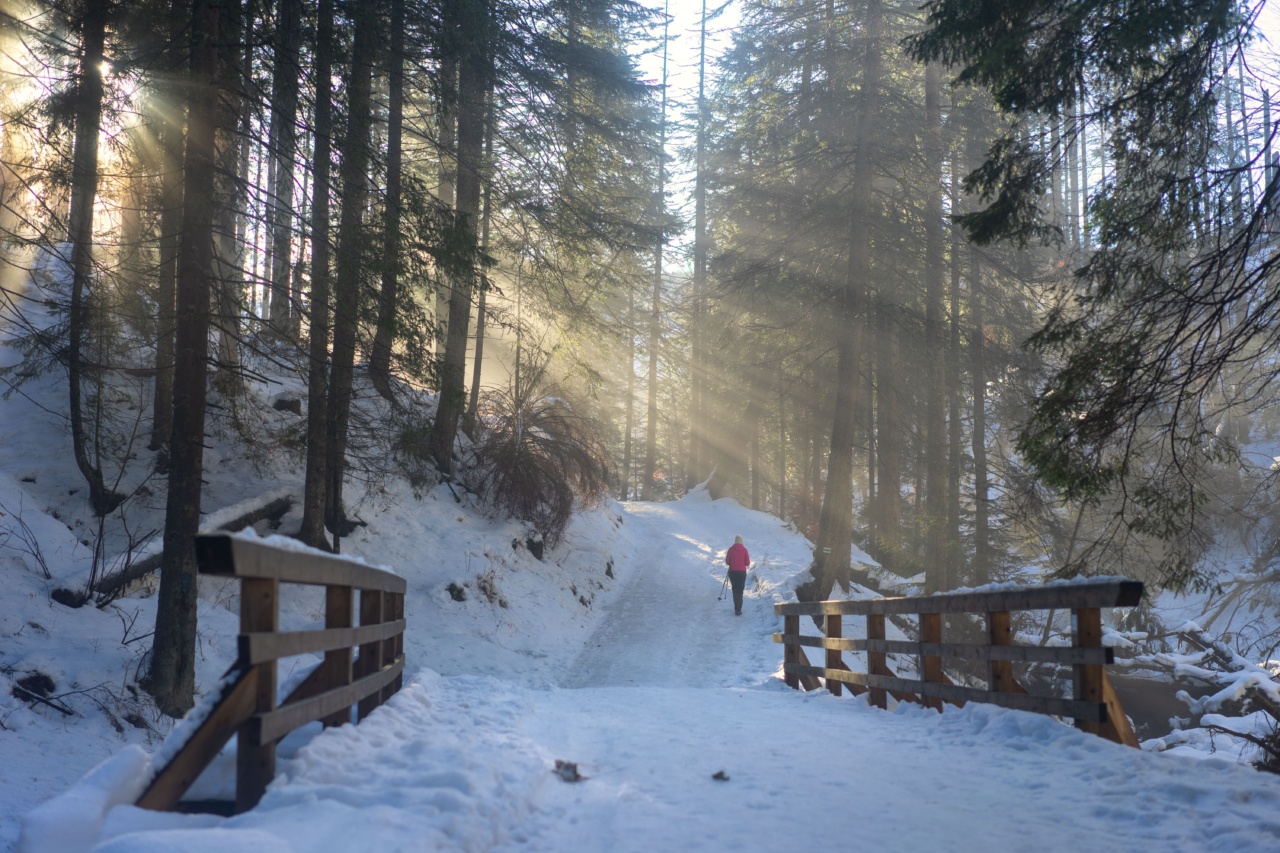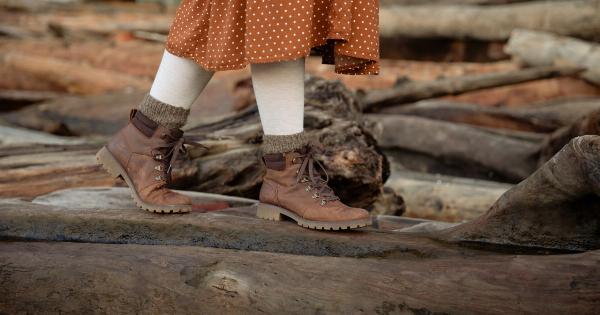Winter can be a beautiful time to take a stroll and enjoy the serene surroundings. However, the frigid temperatures can make walking in the winter quite challenging and uncomfortable.
To help keep the chill out and ensure a pleasant winter walking experience, here are 7 effective ways:.
1. Layer Up
When preparing for a winter walk, it is essential to dress in layers. Layering helps trap heat and provides insulation. Start with a moisture-wicking base layer that will keep perspiration away from the skin.
Add a warm mid-layer, such as a fleece or wool sweater, to provide extra warmth. Finally, top it off with a windproof and waterproof outer layer to protect against the cold winter breeze and moisture.
2. Protect Your Extremities
Our extremities, including the hands, feet, and head, are the most vulnerable to the cold. Invest in thermal gloves or mittens to keep your hands warm. Consider wearing toe warmers or thermal socks to protect your feet from frostbite.
A snug-fitting beanie or a hat that covers your ears will help retain body heat and prevent heat loss through the head.
3. Choose Appropriate Footwear
The right footwear is crucial for winter walking. Opt for insulated and waterproof boots that provide good traction on icy surfaces. Look for boots that have a thick, non-slip sole and ankle support.
Additionally, consider using ice grippers or traction cleats that can be attached to the soles of your shoes for added stability and safety on slippery terrains.
4. Warm Up Before You Go
Take a few minutes to warm up your body before heading out into the cold. Do some light exercises or stretch indoors to get your blood flowing and to increase your core body temperature.
This will help prepare your muscles for the outdoor chill and reduce the risk of injury.
5. Stay Hydrated
Although it may seem counterintuitive, staying hydrated during winter walks is just as important as it is during hot summer days. Cold weather can trick us into thinking we’re not thirsty, leading to dehydration.
Drink plenty of water or warm beverages before, during, and after your walk to help regulate your body temperature and keep your energy levels up.
6. Plan Your Route Carefully
When walking in the winter, it’s crucial to plan your route carefully. Avoid areas that are prone to icy patches or have poor snow removal. Stick to well-lit paths and roads that are regularly maintained.
It’s also a good idea to inform someone about your intended route and estimated time of return, especially if you plan on walking alone.
7. Be Mindful of Ice and Snow
Walking on icy or snowy surfaces can be treacherous. Take small, deliberate steps, and walk at a slower pace to maintain balance. Keep your eyes on the ground to spot and avoid icy patches or uneven surfaces.
If you encounter a particularly slippery section, try walking on the snow-covered grass next to the path for better traction.
Conclusion
With the right preparation and precautions, walking in the winter can be an enjoyable and invigorating experience.
Remember to dress in layers, protect your extremities, wear appropriate footwear, warm up before your walk, stay hydrated, plan your route carefully, and be mindful of icy patches. By following these 7 tips, you can keep the chill out, stay safe, and fully embrace the beauty of winter while walking.






























